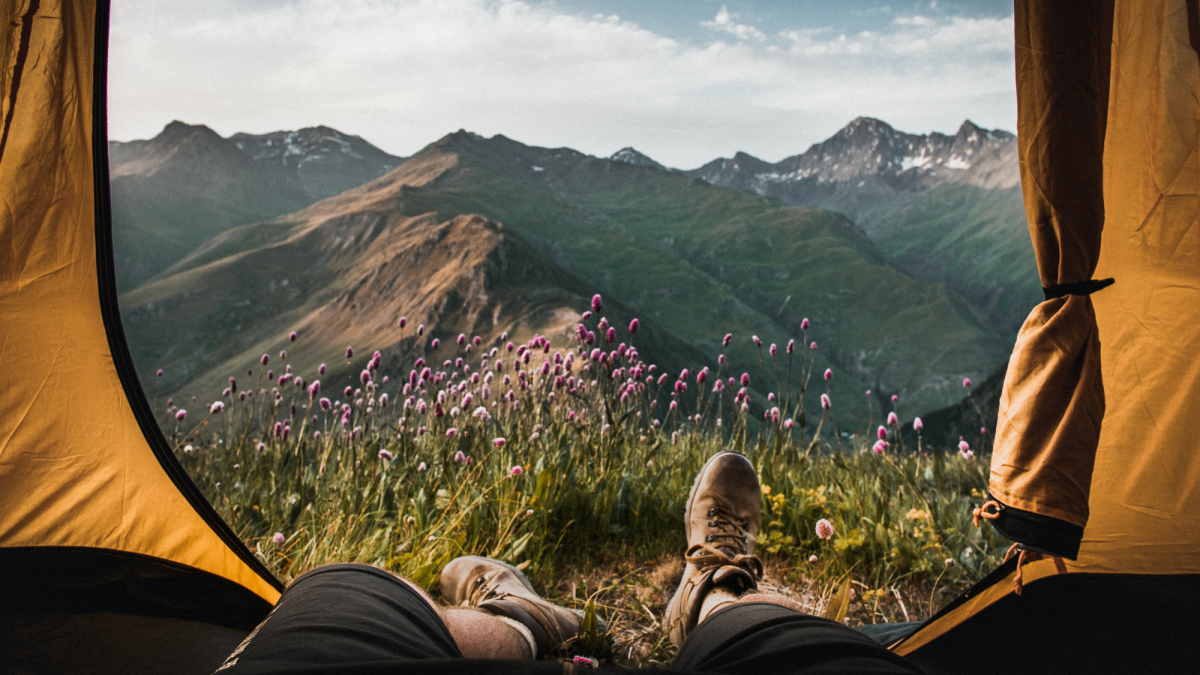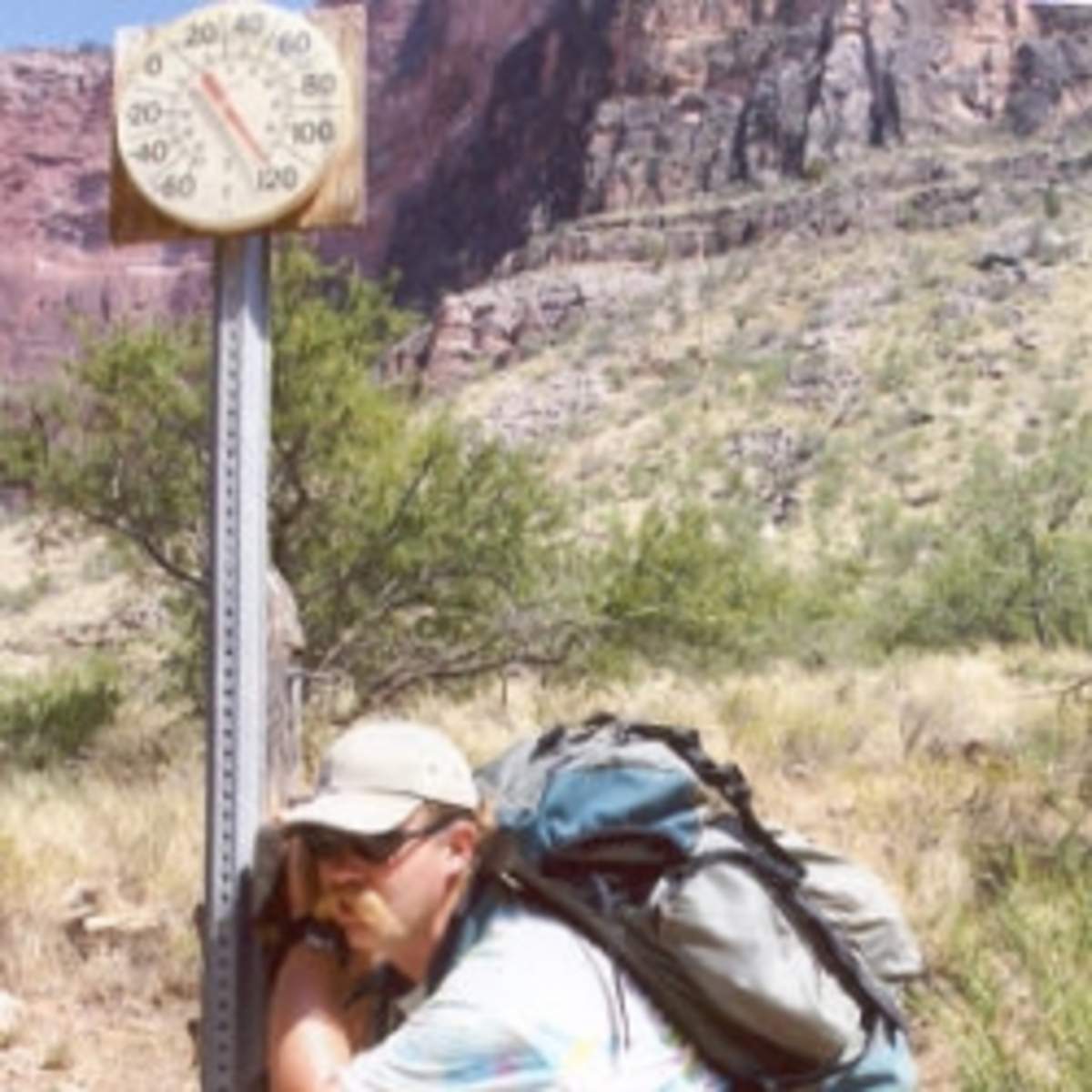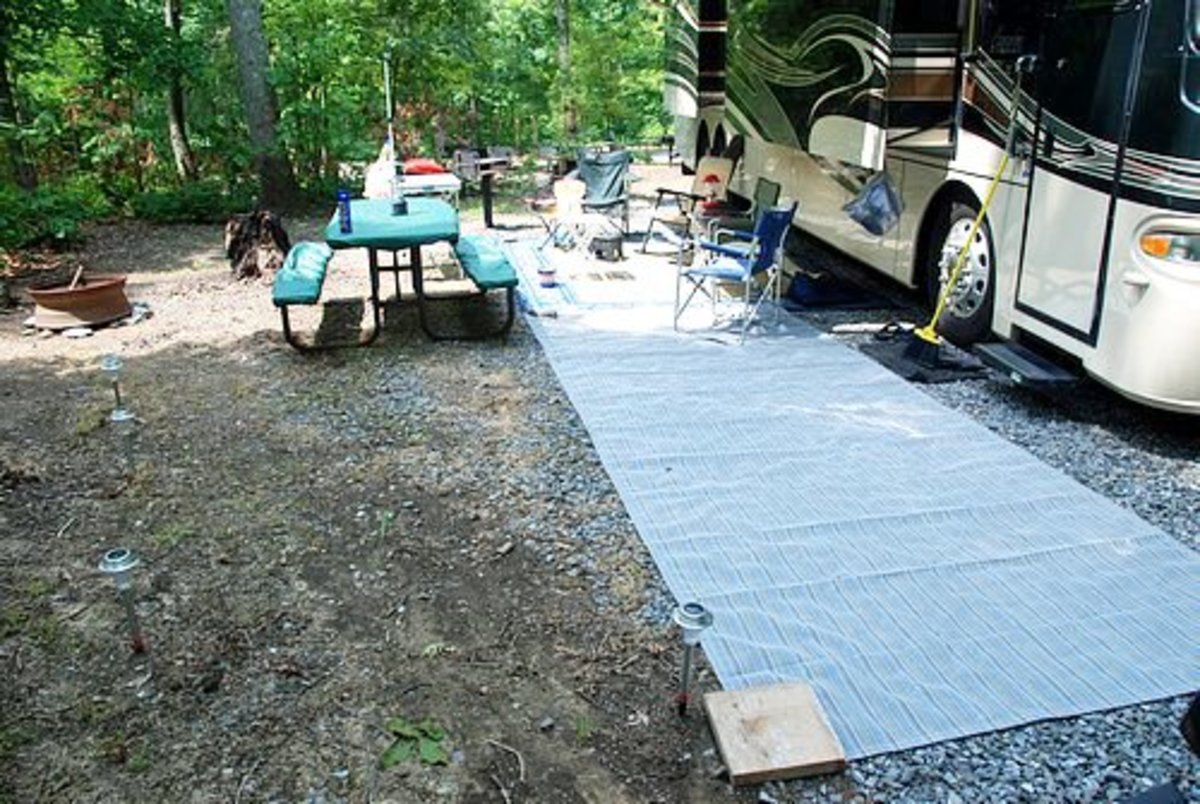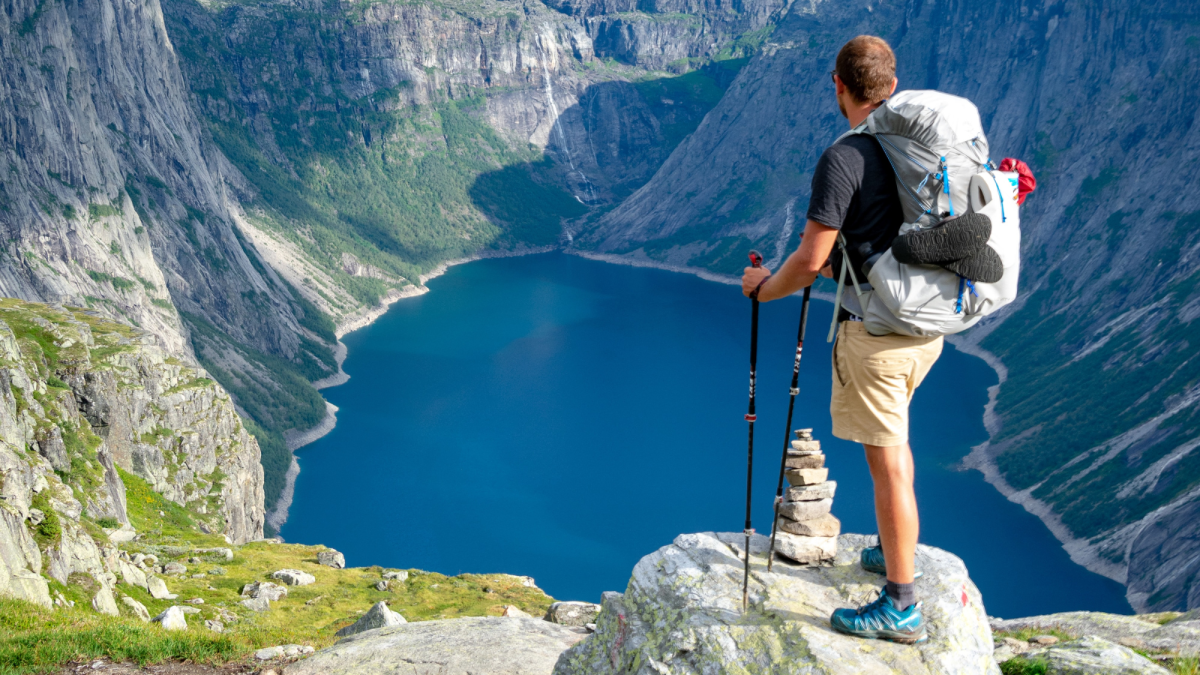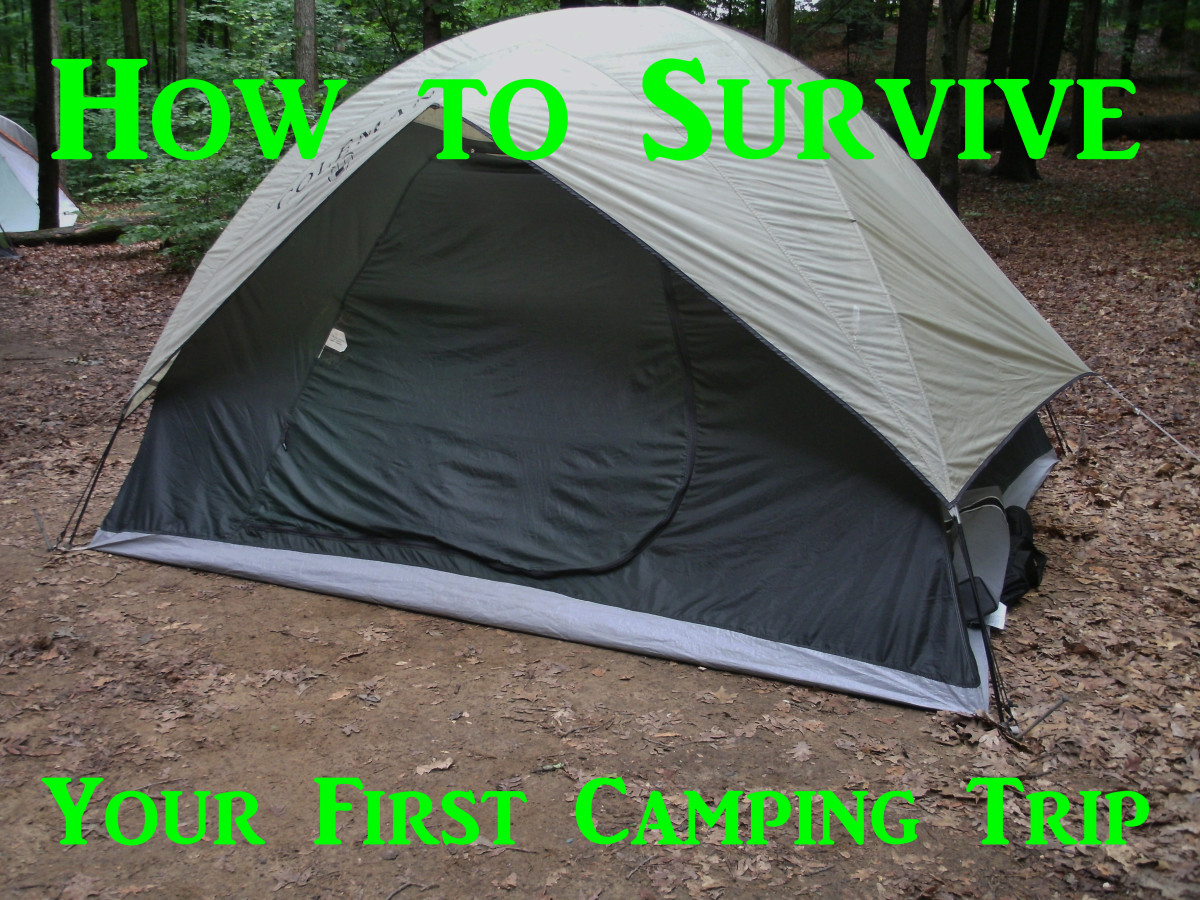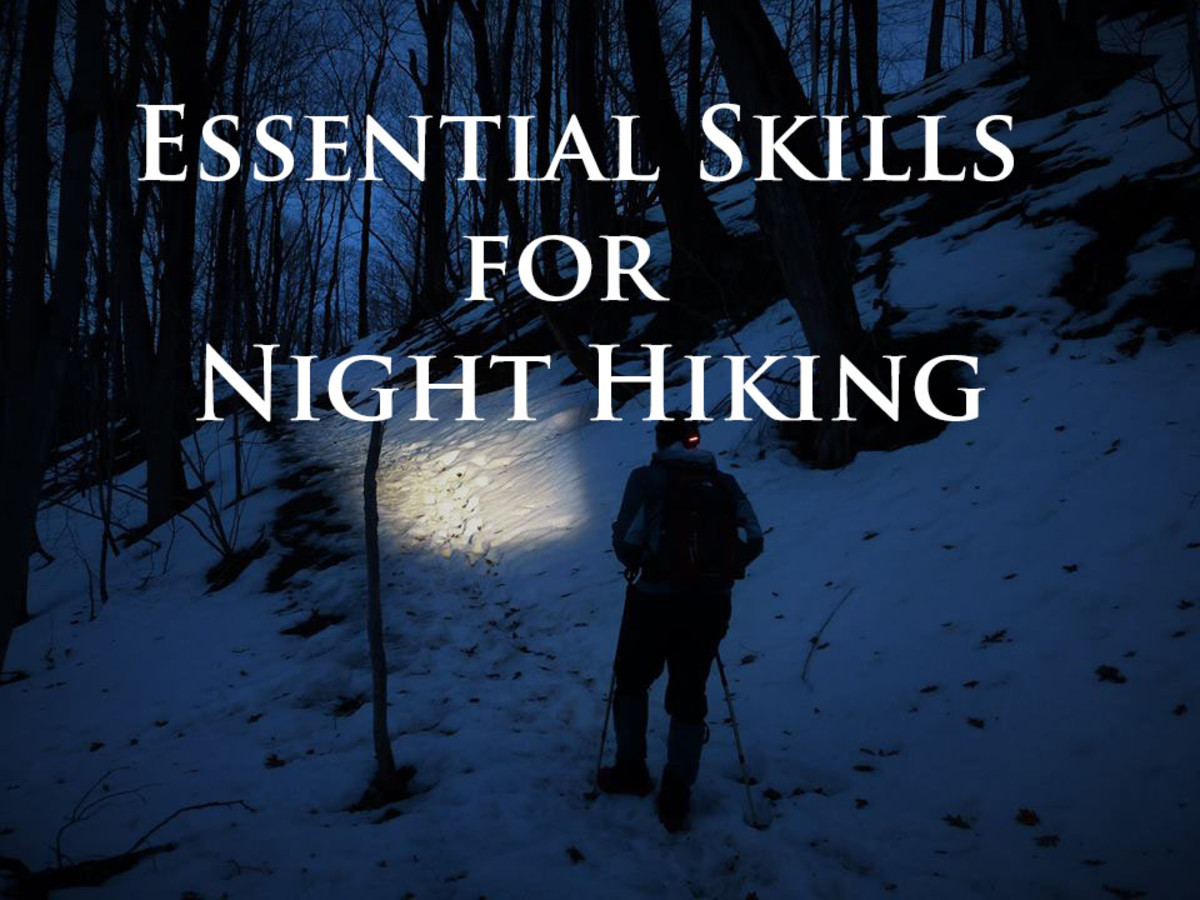Hike Safety and Gear Tips for Solo Hiking
Hiking Alone -- Benefits & Risks
Taking solo hikes gives you the freedom to go off for adventures in nature whenever it suits you. Being prepared with the right gear, clothing and footwear makes for a safer, more comfortable hike. Balancing adventure with responsibility can make the difference between enjoyable outings that improve your fitness and sense of independence -- and potential disasters that could result in injury or becoming lost.
Preparing to hike alone, communicating, learning the terrain, carrying supplies to help you stay safe, and being prepared for changes in weather, injury or becoming lost can help to ensure your solo hiking adventures are fun, comfortable and have a happy outcome.
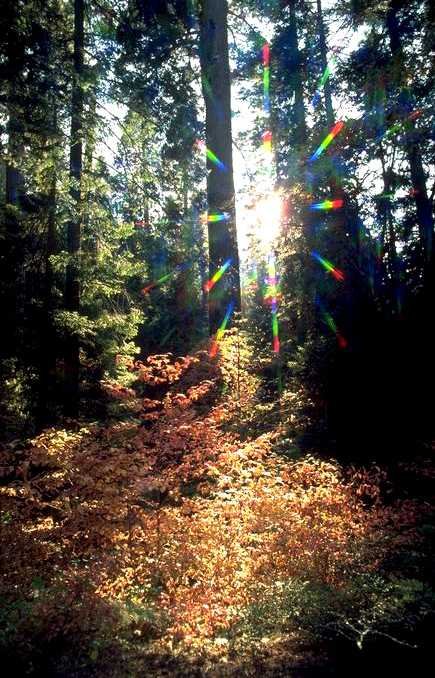
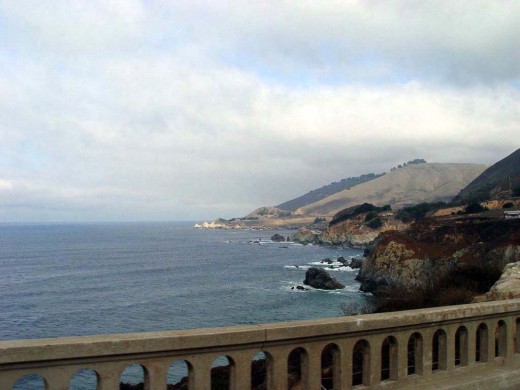
Solo Hike Pointers
I'm passionate about hiking, and as a single guy, I find that I most often hike alone. Lately, I spend about 5-6 hours a week hiking, which has really improved my moods, how it feels to breathe, how I fit in my clothes, the muscle definition of my legs, and my overall peace and sense of connection to the earth and everything and everyone I interact with.
Overall, my adventures have been joyous, and (since May) have included camping trips to Fort Ross, Wright's Beach, Austin Creek, Pantoll on Mount Tamalpais, China Camp near San Rafael, the Marin Headlands, and Big Sur. Aside from having one flat tire one evening (I used Fix-A-Flat and learned to patch a sidewall split), being dive-bombed by a raven at twilight, and being surrounded by raucous boys on a camp-out for one night, these have been remarkeably peaceful and trouble free adventures, most extending from 3-6 days. Still, part of having a great time in unfamiliar places comes from preparation and taking responsibity for one's own safety. I'm pretty keen on staying off the Darwin Award list. So what follows are some tips on strategies for taking care of yourself when you're hitting the trail solo.
Safety First, Communicate:
Tell someone where you're going. When you're completely alone, you can check in with the ranger. By asking about trails I learn more about the area I'm going to be hiking in, and I assure that someone knows where I am.
Be friendly with other hikers and campers: the majority of people you encounter in nature will be happy to give directions. Some of my favorite hikes came about from asking questions of other hikers. This weekend one of my solo hikes turned into a triad, and I got some great firsthand tips on other California campgrounds and some wilderness pointers! (Watch for future hubs). Also, it's human nature, most people are more likely to remember and involve themselves in assisting someone they had some kind of pleasant interaction with. I usually meet some wonderful people at campground, and we often mention what our plans are for the day. I've been meeting a lot of Europeans this summer.
Be Informed about the hiking terrain: Read all signs. You want to know that the rattlesnakes like the sunny upper trails of Armstrong Woods State Park in Guerneville, and that the coyotes at the Marin Headlands are too friendly for their own good, and that the little bandit racoon wandering around in the daytime might be rabid, and that cliff edges crumble without warning, so you don't walk near the edges, or under them. If you're at the beach, you want that reminder to never turn your back on the ocean because of huge sleeper waves that can sweep you away without warning, and how to get out of a riptide. These signs are posted for your own good.
Assess your physical limits, and pay attention: Be honest with yourself about your fitness level. Also be mindful of your energy level. I check my watch, so I can gauge how long it's taking me to go out, to help decide when I'm turning back.
Stay on trails. Pay attention to trail markers and landmarks. Staying on trails when you hike helps to protect the environment, animal habitats, the plants -- and reduces the risk of becoming lost. You really don't want to become the focus of a news story on the search and rescue efforts for a lost hiker. Staying on trails also reduces your risk of getting ticks on you from brush that deer move through. Ticks can carry Lyme disease -- a debilitating illness.
Be Equipped: Hiking is exercise. You need to stay hydrated. Bring plenty of water, layers, use sunscreen, hat, etc. Dress for the terrain. Areas where there may be lyme-disease-carrying ticks call for long pants and long sleeves even when it's warm. Wear appropriate footwear - hiking boots with padded ankles and good grip soles are best for the kinds of varied terrain (up and down hills over tree roots and rocks, described in my hubs). Sandals may feel great at first, but offer no ankle protection from twists, bites, etc. Have some basic first aid items with you. Walking stick if you like. Sunglasses are good to have in exposed sunny areas and near the coast where the light off the ocean can be dazzling.
I like a hip belt for most hikes. The one I use the most has a central insulated compartment for my water bottle, and 2 insulated zip pouches. On one side I have my field glasses and trail mix, on the other my camera and mini first aid kit, a pen, mini notebook, sunscreen stick. I recently picked up another one with one large central pouch and 2 water bottle holders, as I am taking longer hikes and need to carry more than one bottle of water. When I go to the beach or plan to be out for a meal, I take a day pack, so I have room for a towel, my lunch, extra socks (I keep extra socks in my main pack and in the car, too) - wet feet are more prone to blister, as well as it's just plain uncomfortable to hike in wet socks.
Cargo pants with zip-off legs are my favorite hiking clothes now. The pockets allow an easy place to get at trail map, pocket knife, etc.
Leave the habitat cleaner than you found it. Remember the maxim: Take only pictures, leave only footprints. Pack out litter to protect birds and other creatures and leave the environment beautiful for others.
Enjoy! Happy Trails!
The official State Park site with detailed information about Armstrong Redwoods State Reserve -- located in Guerneville,California, in Sonoma County, about 1 1/2 hours North of San Francisco:
http://www.stateparks.com/armstrong_redwoods.html
Armstrong Woods has hiking trails for all ability levels. The loop trail located near the main parking lot includes many old-growth redwood trees, nature signs that identify plants -- and offers a shady hike in hot weather. The parking lot at this state park's entrance offers free parking.
Note: The author does not directly or indirectly dispense medical advice, and neither he nor this fine site bear any responsibility or liability for any actions or inactions you may take from reading this hub. I'm inclined to think it's more dangerous to sit on the sofa eating junk than to take a hike by oneself in a State Park, though that's strictly a matter of personal opinion. It would be an interesting culture if people had to be advised to get a doctor's permission to spend most of their time sitting around overeating so-called foods devoid of nutritional value.
September 2012 Update and Guerneville Camping Accommodations
Armstrong Woods State Park in Guerneville now charges $8 for drive-in day use. It's still free to use the parking area to the right at the park entrance. The campground at Bullfrog pond has reopened, and the fee is now $25 per car. Check ahead for availability, as the campground can be full during popular weekends. Beautiful forest setting and great views, but no showers.
Camp Outback in Guerneville provides an attractive campground with hot showers, picnic tables and fire rings. The LGBT Highlands Resort nearby has cabins, tent camping, a partly enclosed shower by the pool, a hot tub and continental breakfast. The hot-tub and pool areas are clothing optional. Although this resort is straight-friendly, it's not recommended for kids. Well-behaved dogs are welcome in some of the cabins but aren't allowed in the campground. Call ahead with any questions. During a recent camping visit at the Highlands, I enjoyed the warm lodge with its comfortable seating and the opportunity to meet other visitors. Greeting other guests over breakfast led to a number of pleasant conversations about camping, bicycling on the coast, hiking, fitness, tents, theater, art, massage, creativity -- in short, a great antidote to being alone for the whole trip.
I'm still hiking solo. I turned 51 a few months ago and I'm close to my lowest adult weight. Hiking helped me lose my freelancing weight gain. Staying connected with nature relieves stress -- and helps to put problems and even major life events in perspective.
Communing with the ocean, the forest, wildlife and huge rocks that stick up out of the earth like bones keeps me grounded and appreciative of this amazing place -- home.
Another solo hiking tip: If you've been less active, increase your hikes and the trail intensity gradually. The intense muscle soreness that can hit after a strenuous hike can take even a seasoned hiker by surprise. Taking easy walks while you're sore can help work out the soreness and relieve stiffness. Keep moving!
-- Trent Adams aka HikeGuy, California
Author's Note
Check out my hubs on:
Tent Camping & Hiking on Mount Tamalpais
Mount Tamalpais in Marin County, California -- also known as Mt. Tam offers a panoramic vista of the San Francisco Bay, including the Golden Gate Bridge, and hiking trails for all ability levels.
Please share this article if you enjoyed it. Follow me on Twitter: @TrentAdamsCA
Thank you!
-- Trent, aka HikeGuy, California

